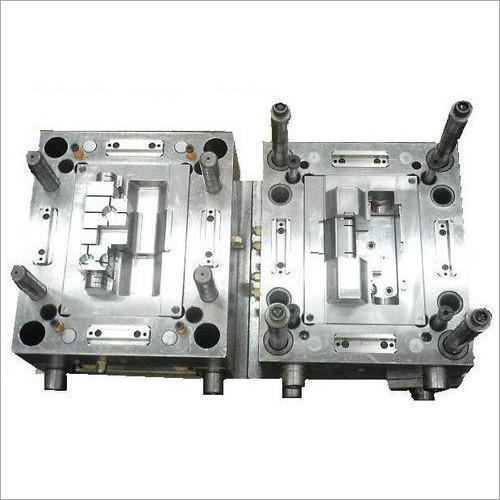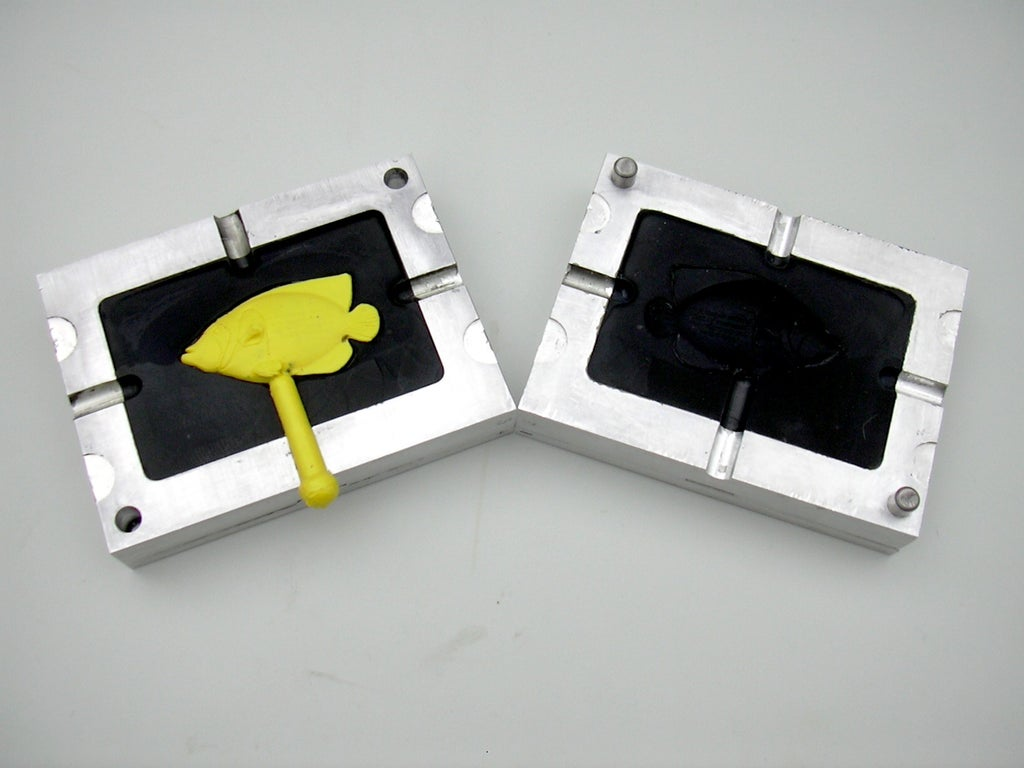PLASTIC COMPONENTS, COMMON IN MANY INDUSTRIAL FIELDS
The use of components made from plastics has steadily increased in all areas - from consumer electronics to vehicles to medical devices. There are several reasons why this trend, which began decades ago, should continue. Molds for plastic are generally less expensive to produce and lighter in weight.

These are often best suited to the needs of a growing number of applications, especially in the context of new product development. The plastic injection manufacturing process is common to design and mass produce parts. Obtaining the perfect geometry of a plastic part produced by injection is a complex process. Also, there are several process optimization steps such as the mold itself.
Molds for plastic manufacturing process
Even if the molds for plastic are manufactured by scrupulously following the plans, the parts produced do not generally conform to the predefined dimensions. The main defects come mainly from inhomogeneous cooling due to poor distribution of volumes during the filling process. Traditional measurement methods to compensate for these defects are often time consuming and expensive.
With technological innovation, companies and organizations have an increasingly urgent need to develop technologies and new projects for the market. Given the competitiveness of this segment, combined with the growing pressure to reduce costs and shorten the time to reach the consumer, it is necessary that these ideas happen in a shorter and shorter period of time.
Flow Analysis Parameters
The parameters analyzed in the flow analysis are based on the operation process or molds for plastic analysis, which are presented below:
- Injection time
- Injection pressure
- Similarly, Advance front temperature
- Material temperature at the end of filling
- Moreover, Volumetric contraction after injection
- Frozen layer at the end of injection
- In addition, Shear rate
What is tomography?
This is where tomography takes on its full meaning, allowing non-destructive testing of the first injected parts. X-ray tomography is the technology to evaluate in a few minutes a plastic part, on structural and dimensional aspects. It quickly offers the possibility of superimposing the data from the scan with that of the original CAD model or a reference part.
This enables a comparison of actual values to nominal values by displaying out-of-tolerance values using an easy-to-interpret color code.
Importance of molds for plastic
Over the years, plastics have become an essential alternative for the industry that’s why molds for plastic have become very important. Due to their versatility, they are common more frequently and, in many cases, replacing metals and other raw materials. Techniques such as painting and metallization have provided complementary finishing aspects to injected plastic parts
In addition to hiding molds for plastic flaws and even protecting from the effects cacommon by exposure to light and the action of external agents. The surface finishes give a new product vision to plastic parts, giving the feeling of something better elaborated and with final properties that guarantee a longer service life to the substrate.
Finishing processes:
Ø Vacuum Metallization
Vacuum Metallization consists of a process of deposition of a metal, such as aluminum, zinc, stainless steel and others on the plastic. A layer of aluminum is deposited on the part inside a closed chamber, in which air is drawn off to form a vacuum. The result is a decorative visual finish similar to chrome.
The application of molds for plastic is easy to carry out on parts of the automotive industry:
- Generally, headlights, hubcaps, wheels, door handles, etc.
- , furniture: handles, sofa feet, etc.
- Moreover, cosmetics: perfume covers
- civil construction: locks, taps, siphons, etc. and others.
Ø Electrostatic painting
Usually applied to metallic surfaces, electrostatic painting uses the principle of attraction and repulsion of electrical charges to create a uniform and lasting finish on the pieces. This type of finish can be common on any electrically charged material, as long as a pre-treatment of the parts is carried out to ensure the anchoring of the paint on the surfaces.
Ø Texturing
Texturing is normally performed in the finishing of injected plastic parts. With this technique, the product's pigmentation eliminates. This allows the painting to complete in any color. The texturing finish we consider superior, and it is possible, through it, to chrome and metallize the piece.
Better products with molds for plastic
The use of molds for plastic in industry has revolutionized production over the years. Through surface finishes, these materials and manufactured products can be even better, ensuring a more satisfying experience for the consumer, buyer and even the end user..
Benefits and additives most common in the plastic injection process
Ø Additives to increase strength
Due to their diverse origin, polymers have different properties, which make certain molds for plastic more resistant than others. Additives, in turn, can serve to make even the toughest polymers even more durable.
This comes especially for uses where wear will be greater due to application. Car bumpers, airplane components and even plastics common in appliances reinforce with additives to resist stress.
Ø Additives to make plastics lighter
Reducing the mass of a component can be the key factor in making an item easier to handle and transport. This has a big financial impact, drastically reducing the final mass of cars and planes, for example.

Ø Additives to increase safety
Additives can also contribute to making the use of molds for plastic even safer in the food and medical sector. Stabilizers, for example, ensure that no part of the plastic's composition combines with the drug or food, allowing use to remain safe and suitable for human health.
Ø Additives for greener plastics
Contributing to sustainability, both in manufacturing and disposal, some additives allow certain plastics to become environmentally friendly materials. Furthermore, in some cases, additives correspond to a percentage in the composition much greater than that of plastic in certain products. This low amount of plastic in the composition of a product can result in significant savings in energy use.
Most common additives in plastic injection
- Mineral Loads: improve mechanical properties, dimensional stability, surface roughness and promote cost reduction;
- Antioxidants: retard or prevent the thermo degradation process of molds for plasticin the presence of oxygen and heat during processing and/or directly in the final product;
- Antistatic: prevent the accumulation of surface electrostatic charges in the final product;
- Flow Aids: reduce flow lines and increase product productivity during the injection stage;





